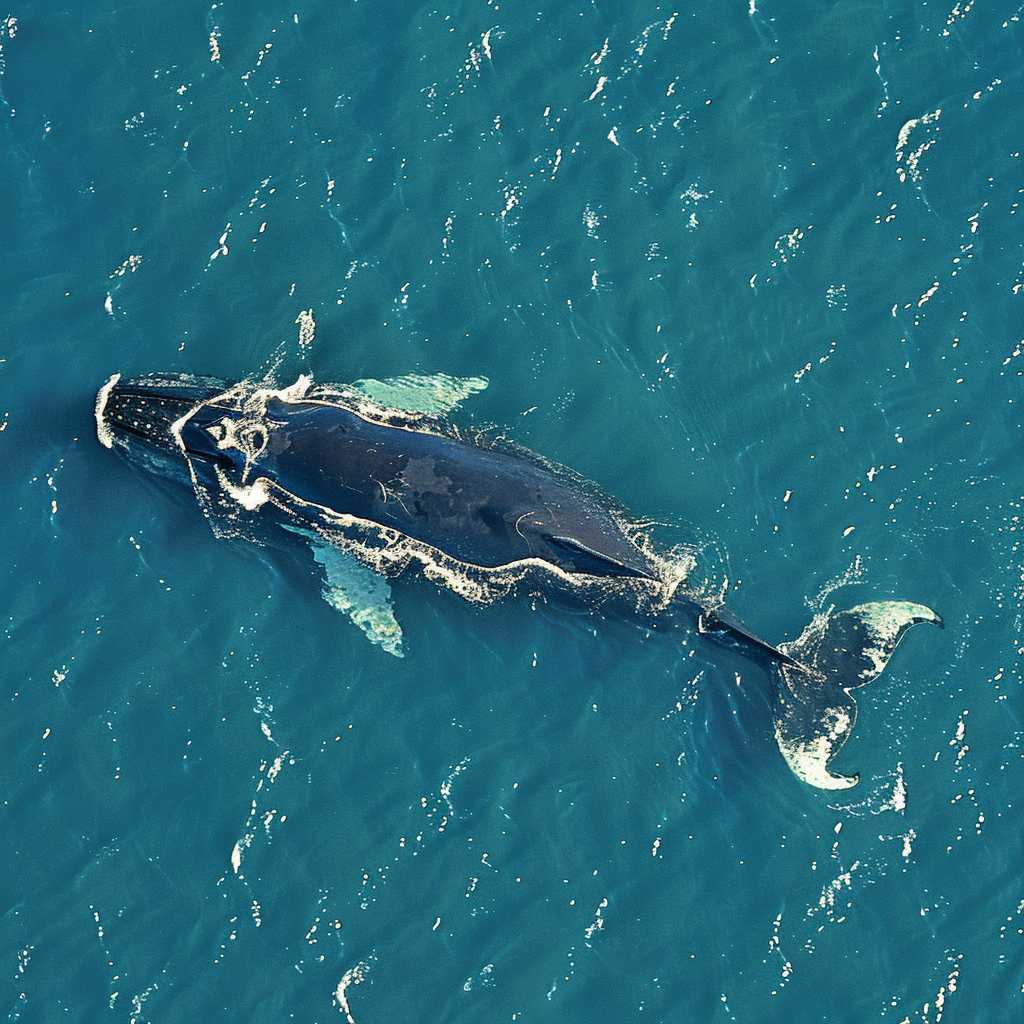The Plight of the Right Whale: Conservation Efforts and Challenges
The Right Whale, known formally as Eubalaena, is a large baleen whale species consisting of three kinds: the North Atlantic Right Whale (Eubalaena glacialis), the North Pacific Right Whale (Eubalaena japonica), and the Southern Right Whale (Eubalaena australis). These majestic creatures are distinguished by their massive heads which account for a quarter of their body length, callosities on their heads, broad backs without a dorsal fin, and a long arching mouth that starts above the eye. Despite their significant role in marine ecosystems, right whales face numerous threats, leading to some subspecies being critically endangered. This article synthesizes current knowledge regarding right whale characteristics, the dangers they face, and ongoing conservation initiatives aimed at safeguarding their future.
Understanding Right Whales: A Biological Overview
Right whales possess several unique physical attributes which aid in their identification. Adults typically measure between 13 to 16 meters in length and can weigh up to 100 tons. Their jet-black coloration may sometimes feature white patterns on the belly, while their two broad pectoral fins complement their large tail fluke. The females generally grow larger than the males and have slightly different callosity patterns, which scientists often use for individual identification.
Their diet consists primarily of tiny planktonic creatures like copepods and krill. To feed, right whales perform a technique known as skim feeding where they swim through dense swarms of plankton with their mouths open. One fascinating adaptation is the fringed plates of baleen hanging from their upper jaws, which sieve food from the water.
Historical Exploitation: The Origin of Decline
Historically, right whales were named by whalers who considered them the “right” whales to hunt due to their slow swimming speeds, tendency to float when killed, and ample blubber yielding considerable amounts of whale oil. This tragic misnomer spelled disaster for right whale populations around the globe as they became prime targets for the whaling industry resulting in their numbers plummeting until international protections were introduced mid-20th century.
In 1935, the League of Nations banned right whale hunting globally; however, by then the damage was extensive. Estimates suggest that only a few hundred North Atlantic and North Pacific Right Whales remain today, while Southern Right Whales are fairing slightly better due to stronger international conservation measures.
Contemporary Threats to Right Whales
Since direct exploitation has largely ended, modern threats now include accidental catches in fishing gear (bycatch), shipping lane strikes, pollution, climate change-induced habitat shifts, and noise disturbance.
Bycatch and Ship Strikes: Conservation Barriers
Bycatch is arguably the greatest immediate threat as these whales frequently become entangled in lobster and gillnet fishing gear, which can result in severe injuries or even death. Moreover, vessel strikes in busy shipping lanes can be fatal to these slow-moving giants.
Efforts have been initiated like slow zones for vessels in critical habitats during migration times; nevertheless maintaining compliance is challenging. Mandatory reporting of sightings can help alert captains to whale presence, though these measures aren’t foolproof given that some accidents still occur.
Environmental Shifts and Acoustic Pollution
Climate change disrupts the distribution of plankton leading to shifts in right whale feeding grounds. Furthermore, increased ocean temperatures can affect breeding patterns and pup survival rates. Noise pollution from shipping and industrial activity places additional stress on already vulnerable populations by hindering communication which is critical for successful breeding and migration.
Conservation Initiatives for Right Whale Survival
Measures like area-specific fishing gear modifications, extensive surveillance efforts for population monitoring, sanctuaries where human activity is highly restricted, and critical habitat designations under national laws have been instrumental.
The involvement of organizations such as the International Whaling Commission (IWC) and various nonprofits collaborate with governments and maritime industries to promote regulations that protect right whales—from gear modifications to changes in shipping speed limits—and encourage commercial fisheries’ compliance.
Notes
Image description: A magnificent North Atlantic Right Whale gliding through ocean waters with its distinctive massive head close to the surface. Visible on its head are callosities — raised patches of rough skin characteristic of this species. The broad back is unmistakable since it appears smooth and lacks a dorsal fin.
